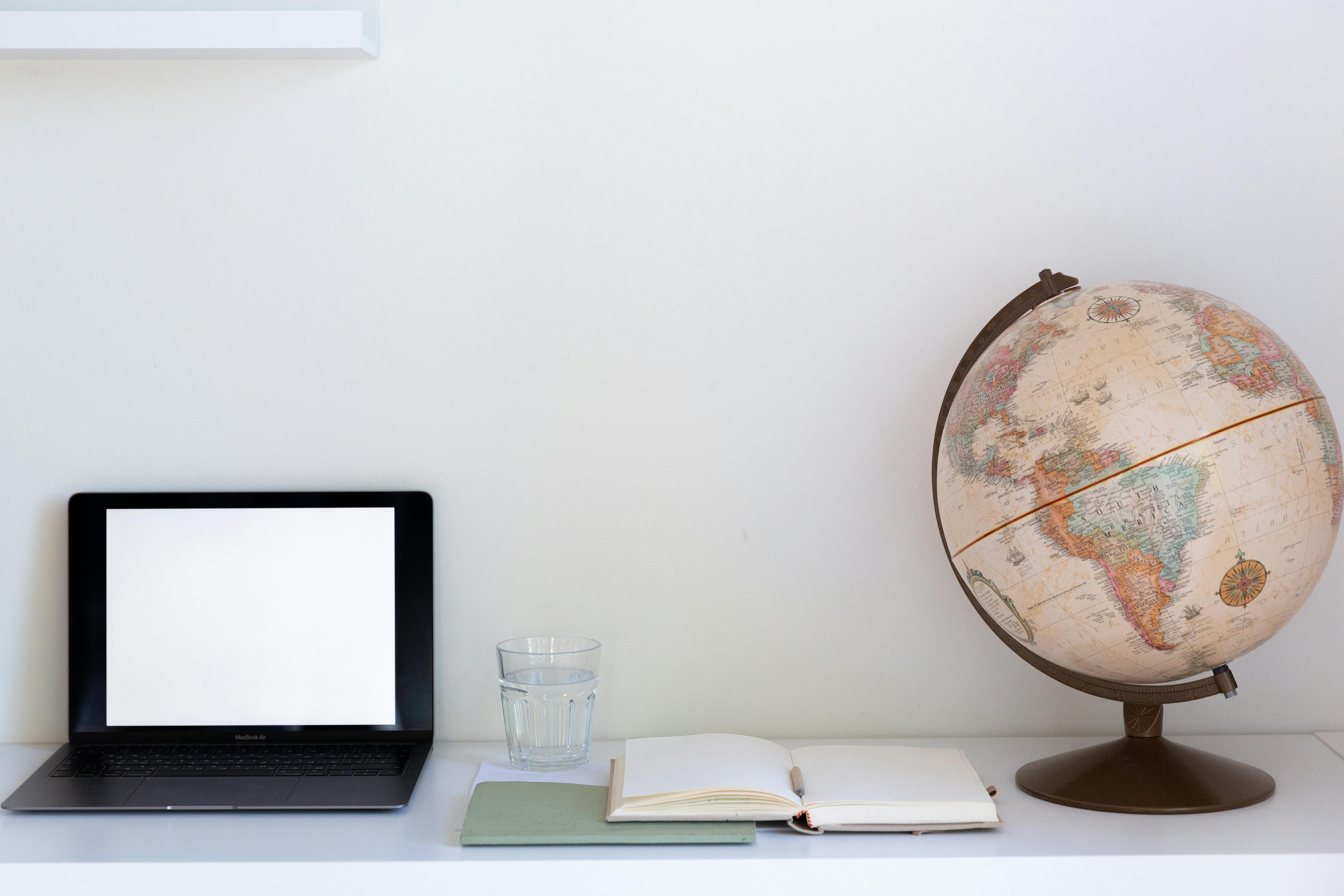Making distilled water from home is an easy and economical way to get pure water for drinking, cooking, and other uses. Distilled water is free from minerals, chemicals, and other impurities that can be found in tap or bottled water. With a few simple materials, you can make distilled water at home with minimal effort. In this article, we will explain how to make distilled water from home so you can enjoy the benefits of clean and pure water.Distilled water is water that has been boiled and then condensed back into liquid form. It is free from minerals, salts, and other impurities that may be present in tap water. After boiling, the steam is collected and cooled so that it condenses back into liquid form. This process removes impurities from the water, leaving it pure and safe to drink.
What You Need to Make Distilled Water at Home
Making distilled water at home is a simple and cost-effective way to ensure you have clean drinking water. To make distilled water, you will need a few supplies, including a pot, some ice, and a collection container. Here’s what you need to get started:
A large pot – This should be able to hold at least two gallons of water. You can use a regular cooking pot or one that is specifically designed for distilling.
Ice – You’ll need enough ice to fill the pot about halfway. This will help cool the steam so it condenses back into liquid form.
A collection container – This should be made of glass or stainless steel and have an opening large enough for the distilled water to flow through. Make sure it is big enough to hold all the distilled water you’ll be collecting.
A stovetop or heat source – You’ll need something to heat up the pot of water and create steam. A stovetop works best, but you can also use an electric hot plate or even a campfire if
What is Distilled Water?
Distilled water is a type of purified water that has had both contaminants and minerals removed. It is made through a process of distillation, which involves boiling the water and then condensing the steam into a clean container. This process removes impurities such as bacteria, viruses, protozoa, and other microscopic organisms found in drinking water. The result is pure, clean drinking water that tastes great and can be used for many different purposes.
Why Make Distilled Water?
Distilled water has many uses. It can be used for cooking, cleaning, medical purposes, aquariums, and even in some industrial processes. It is also popular for those who are looking to reduce their sodium intake or to avoid fluoride in their drinking water. For these reasons, many people choose to make their own distilled water at home rather than buying it from the store.
What You Need to Make Distilled Water
Making distilled water at home requires just a few items: a pot or large stainless steel or glass container with a
The Benefits of Making Your Own Distilled Water
Distilled water is an important component of many industries, including healthcare, automotive, and food production. But you don’t have to rely on buying pre-made distilled water from a store or a supplier. Making your own distilled water is a simple process that has several benefits over store-bought water.
First and foremost, making distilled water at home allows you to control the quality of the water you use. Store-bought distilled water can contain impurities that may not be visible to the naked eye but can still contaminate whatever material or product it comes in contact with. By making your own distilled water, you can ensure that it is free from contamination and other potential pollutants.
Another benefit of making your own distilled water is cost savings. Buying pre-made distilled water can be expensive. By distilling your own, you can lower your costs significantly since the only expense is for the materials used to make the distillation equipment.
Finally, making your own distilled water can also save time. If you need a large quantity of distilled water for a specific
The Boiling Method of Making Distilled Water
Distilled water is water that has been boiled and then cooled to remove any impurities or minerals. This process, known as distillation, is a simple and effective way of purifying water. The boiling method of making distilled water is an easy process that anyone can do at home.
The basic method involves boiling the water in a pot or kettle and collecting the condensation in a separate container. To do this, the pot should be filled with tap water and heated until it starts to boil. As it boils, steam will rise from the pot and can be captured in a second container placed above the boiling pot. This container should have an opening at the top to allow steam to pass through but be fitted with a lid or some other covering to prevent any moisture from escaping back into the air.
As the steam passes through the container, it cools and condenses back into liquid form. This condensed liquid is now distilled water and can be stored away for later use. When done correctly, this method of distilling will remove most impurities and minerals from the tap water

The Condensation Method of Making Distilled Water
Distilled water is water that has been purified through a process known as distillation. This process involves boiling water and then collecting the resulting vapor, which is then cooled and condensed into liquid form. The condensation method of making distilled water is an efficient and affordable way to obtain clean drinking water.
The process begins by heating the source water in a pot or other container until it reaches a boil. As the water boils, the steam rises, leaving behind any impurities that were present in the original source. The steam is then cooled and collected in a separate container, where it condenses back into liquid form. This condensed liquid is now distilled water, which can be used for cooking, drinking, and other applications.
The condensation method of making distilled water can be done at home with minimal supplies and equipment. All that is needed is a pot or other vessel to heat the source water, something to collect and cool the steam (such as a lid or bowl), and a container to collect the condensed liquid. It should be noted that this method may not be effective against
Safety Considerations
Distilling water at home can be a safe and cost-effective way to produce clean drinking water. However, there are some safety considerations that should be taken into account when distilling water at home. One of the most important safety considerations is making sure that the distiller is properly assembled and operated. Improper assembly or operation can lead to contamination of the distilled water, which can be dangerous for consumption. It is also important to make sure that all parts of the distiller are clean and free from dirt and debris before use, as this can also lead to contamination. Additionally, it is important to make sure that the distilled water is stored in a clean container with a tight-fitting lid to prevent contamination from other sources.
Cost Considerations
When considering whether to make distilled water at home, it is important to consider the costs associated with doing so. Generally, distillers range in price depending on size and capacity, but typically cost between $100-$200 for a basic model. In addition to the cost of the distiller itself, there are additional costs associated with operating a distiller such as
Choose the Right Distiller
The quality of distilled water depends largely on the type of distiller you choose. Invest in a high-quality distiller that uses activated carbon filters, reverse osmosis, and other purification methods. This will ensure that your distilled water is free from contaminants and other impurities. Also, make sure to check that the distiller you purchase meets all safety standards and regulations.
Clean the Distiller Regularly
Regular cleaning of your distiller is essential to ensure that it works properly and produces clean, high-quality water. Be sure to follow the manufacturer’s instructions when cleaning your distiller to avoid any damage to its components. Cleaning your distiller regularly also helps prevent any buildup of bacteria or other contaminants in the water.
Use High-Quality Water
Using high-quality water for your distillation process is also important for producing good distilled water. Tap water may contain chlorine or other contaminants that can affect the taste and smell of the distilled water. If possible, use filtered or purified water instead for better results.<
Conclusion
Making distilled water from home is not difficult. With the right tools and knowledge, you can make your own distilled water at home. This will save you money and provide you with a consistent supply of clean, pure water. It also eliminates the need to buy plastic bottles of water, which can be costly and bad for the environment.
By understanding how to distill water and taking proper safety precautions, you can create your own distilled water from the comfort of your home. All it takes is a few simple steps and some patience to get pure, clean drinking water for yourself and your family.
Distilling is an excellent way to ensure that you have safe drinking water at all times. It’s an affordable option for anyone looking to produce their own clean drinking water from home.

